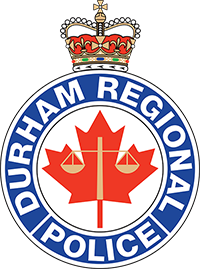A Hate/Bias Motivated Crime is a criminal offence, such as an assault, threat, or damage committed against a person or property, which is motivated solely or in part, by the offender’s hate, bias or prejudice based on colour, race, religion, national or ethnic origin, age, sex, sexual orientation, gender identity or expression, or mental or physical disability or similar factor.
A police investigation into the criminal offence will examine if the perceived motivation or motivation was based on hate/bias, and if so, will rely on the following section in the Criminal Code of Canada:
- Section 718.2 – A court that imposes a sentence shall also take into consideration the following principles:
- A sentence should be increased or reduced to account for any relevant aggravating or mitigating circumstances relating to the offence or the offender, and, without limiting the generality of the foregoing,
- Evidence that the offence was motivated by that the offence was motivated by bias, prejudice or hate based on race, national or ethnic origin, language, colour, religion, sex, age, mental or physical disability, sexual orientation, or any other similar factor.
This provision in the Criminal Code allows for increased sentences to be considered where there is evidence that hate/bias motivated the criminal offence committed.
Essentially, if a person is convicted of a criminal offence and it’s proven to be motivated by hate, higher penalties may be imposed by the judge during sentencing.
Threat Example: An individual brandishing a weapon, and shouting racial slurs, specifically targeting individuals of a racialized community.
Mischief Example: An individual vandalizes a place of worship by spray-painting offensive symbols of hate on the walls.
Assault Example: An individual runs towards the entrance of a place of worship while yelling offensive slurs and intentionally attempts to assault or actually assault worshipers as they exit.
